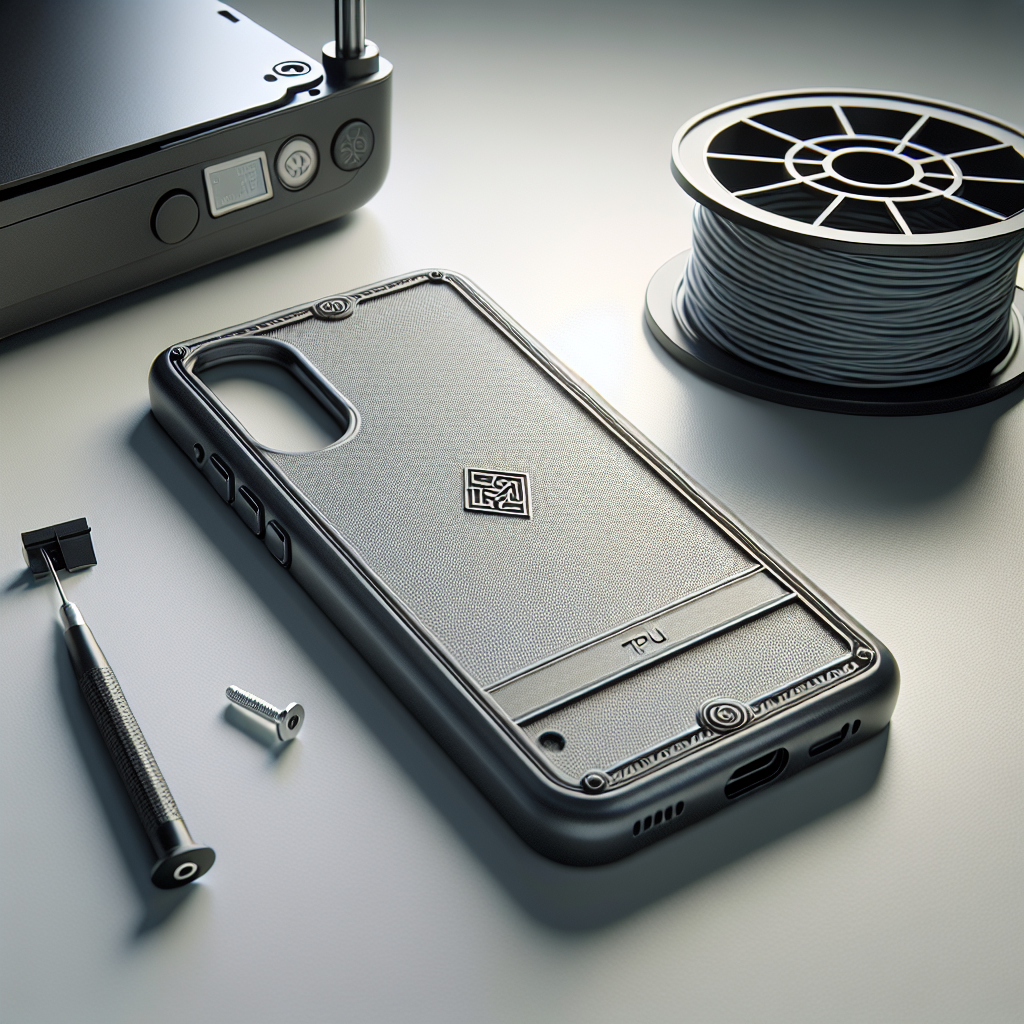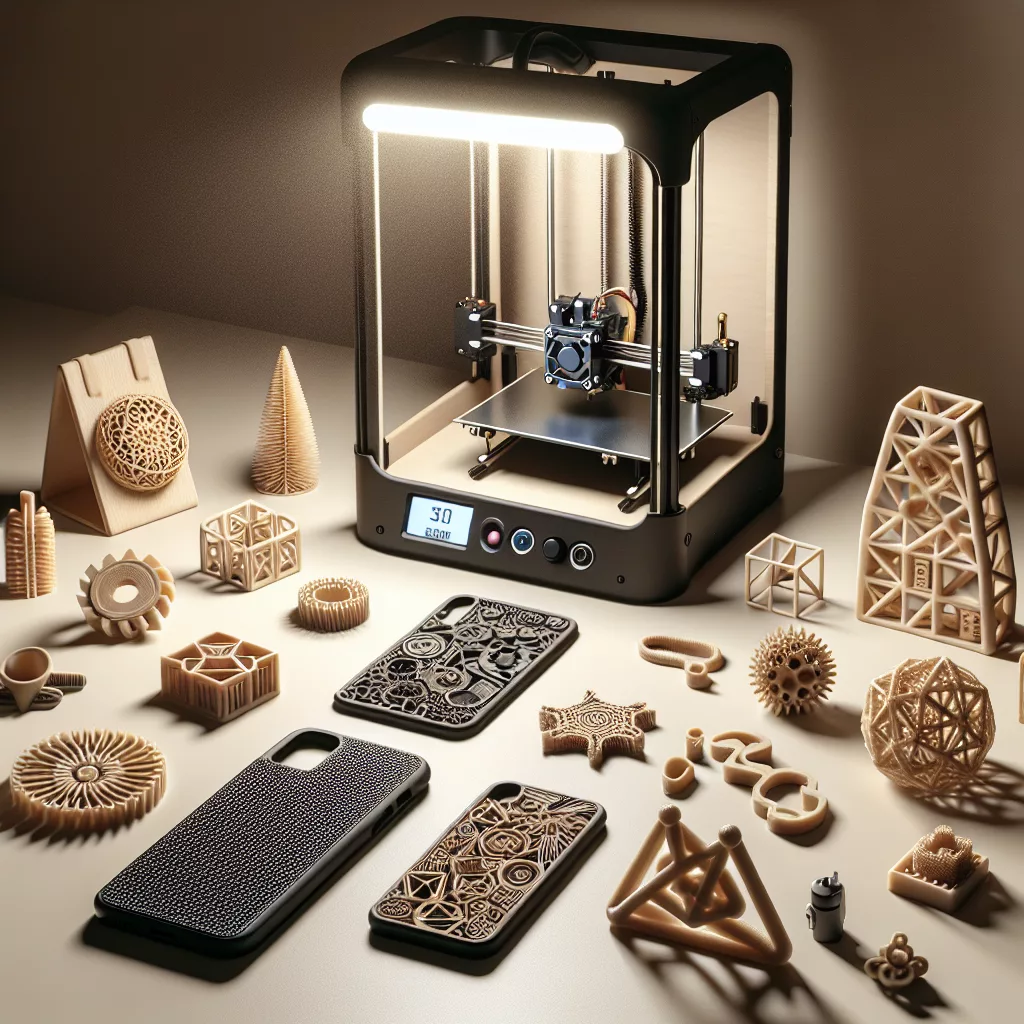Why 3D Print Custom Phone Cases?
Custom phone cases are more than just accessories—they’re personal statements and practical protectors. 3D printing empowers you to create unique cases tailored to your taste, device, and lifestyle requirements. Whether you want to showcase your favorite fandom, add a pop of color, or enhance grip and protection, 3D printing makes it possible, affordable, and fun.
Getting Started: What You Need
- 3D Printer: An FDM (Fused Deposition Modeling) printer is sufficient for most cases. Popular models like the Prusa i3 MK3S or Creality Ender 3 are excellent choices.
- Filament: PLA is beginner-friendly, but TPU (a flexible filament) works best for phone cases due to its durability and shock absorption.
- Design Software: TinkerCAD (easy for beginners), Fusion 360, or Blender for more advanced customization.
- 3D Model: You can design from scratch or download templates from sites like Thingiverse or Printables.
Designing Your Phone Case
The foundation of a great phone case is a precise fit. Start by searching for a pre-made model specific to your phone’s make and model; these files often include accurate cutouts for buttons, cameras, and charging ports.
If you want a truly custom design, import a base model into your chosen CAD software. Add personal touches—monograms, patterns, textured grips, or even functional features like card holders. Remember to double-check the measurements to ensure all ports and buttons remain accessible.
Preparing the Model for Printing
Once your design is finalized, export it as an STL file and import it into your slicer software (such as PrusaSlicer or Cura). Since phone cases are thin and need flexibility, use the following settings as a starting point:
- Layer Height: 0.2 mm for a balance of speed and detail.
- Infill: 10-20% gyroid or grid infill for strength without bulk.
- Wall/Perimeter Count: 3-4 walls for durability.
- Material: PLA for rigid cases, TPU for flexible, impact-resistant cases.
- Supports: Usually not needed unless your design has large overhangs.
Printing Your Phone Case
Load your chosen filament into the 3D printer and start the print. TPU can be tricky—print slowly (20-30 mm/s), and make sure your printer is set up for flexible filaments (direct drive extruders work best). PLA is more forgiving and prints well on most machines.
Monitor the first few layers to ensure good bed adhesion. If you notice warping or stringing, adjust your bed temperature or tweak retraction settings. For TPU, a clean, slightly warm bed (about 50°C) and a smooth surface (like glass or PEI) help ensure a successful print.
Post-Processing and Finishing Touches
Once the print finishes, let it cool before gently removing it from the bed. Trim any stringing or rough edges with a hobby knife or fine sandpaper. If you want to paint the case or add a clear coat for extra shine, use paints compatible with your filament type, and let them cure thoroughly before use.
Testing the Fit
Carefully snap the case onto your phone, checking for a snug fit and proper alignment with buttons, cameras, and ports. If adjustments are needed, revisit your CAD file, modify as necessary, and reprint.
Creative Ideas for Customization
- Textured Grips: Add raised patterns for better handling.
- Card Holders: Integrate a pocket or slot for cards or cash.
- Personalized Logos: Emboss your initials or graphics.
- Themed Designs: Match your case to holidays or favorite characters.
Conclusion
3D printing custom phone cases unlocks a world of creative and practical possibilities. With some patience, the right materials, and a bit of design know-how, you can produce professional-quality cases tailored to your exact needs. Dive in, experiment, and enjoy the satisfaction of carrying a unique accessory born from your own imagination!


Leave a Reply